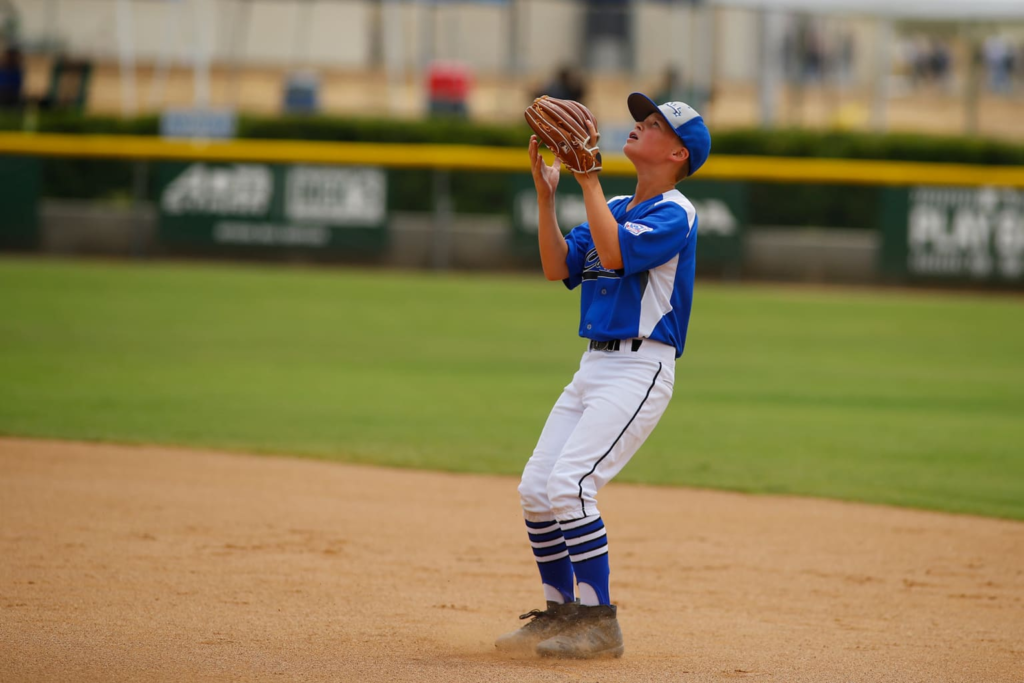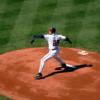Demystifying the Infield Fly Rule in Baseball: A Fundamental Aspect of the Game
Baseball is a sport filled with intricate rules and nuances that contribute to its strategic and captivating nature. One such rule, the “Infield Fly Rule,” is a fundamental aspect of the game, often misunderstood by both novice and experienced fans alike. In this article, we will demystify the Infield Fly Rule in baseball, explaining what it is, its purpose, and when it comes into play during a game.
Understanding the Infield Fly Rule
The Infield Fly Rule is a specific rule in baseball that is designed to prevent an unfair advantage for the defensive team when there are runners on base and a pop-up is hit to the infield. Here’s how it works:

- When it Applies: The Infield Fly Rule applies when there are fewer than two outs in an inning, and there are runners on first and second base or the bases are loaded (runners on first, second, and third).
- Definition of an Infield Fly: An infield fly is a fair fly ball (not a line drive or a bunt) that can be caught by an infielder with “ordinary effort” when the ball is hit in the air. It is typically a high, easily catchable pop-up.
- Automatic Out: When the Infield Fly Rule is in effect, the batter is automatically declared out, regardless of whether the ball is caught by a fielder. This prevents the defense from intentionally dropping the ball to create a double play opportunity.
- Runners’ Responsibilities: Runners on base are not required to advance when the Infield Fly Rule is invoked. However, they can choose to run at their own risk. If the ball is dropped, they can be forced out or tagged, and they may be caught in a double play if they stray too far from their base.
Purpose of the Infield Fly Rule
The Infield Fly Rule serves several essential purposes in the game of baseball:
- Prevents Trickery: Without this rule, the defensive team could intentionally drop an easily catchable pop-up to force a double play by tagging out runners who are forced to advance.
- Promotes Fair Play: It ensures fairness by discouraging deceptive tactics that could unfairly disadvantage the offensive team.
- Protects Runners: Runners are given a level of protection and clarity regarding their options when the rule is invoked.

When Does It Come into Play?
The Infield Fly Rule comes into play when the conditions mentioned earlier are met. For example, if there are runners on first and second with one out, and a high pop-up is hit to the shortstop or second baseman, the umpire may call the Infield Fly Rule. This means that the batter is automatically out, and runners can choose to advance at their own risk.
A Key Element of Baseball Strategy
In summary, the Infield Fly Rule is a crucial aspect of baseball strategy and fairness. It prevents the defense from exploiting certain situations and ensures that the game is played with integrity and sportsmanship. Understanding this rule is essential for players, coaches, and fans to fully appreciate the complexities and nuances of the game of baseball.


